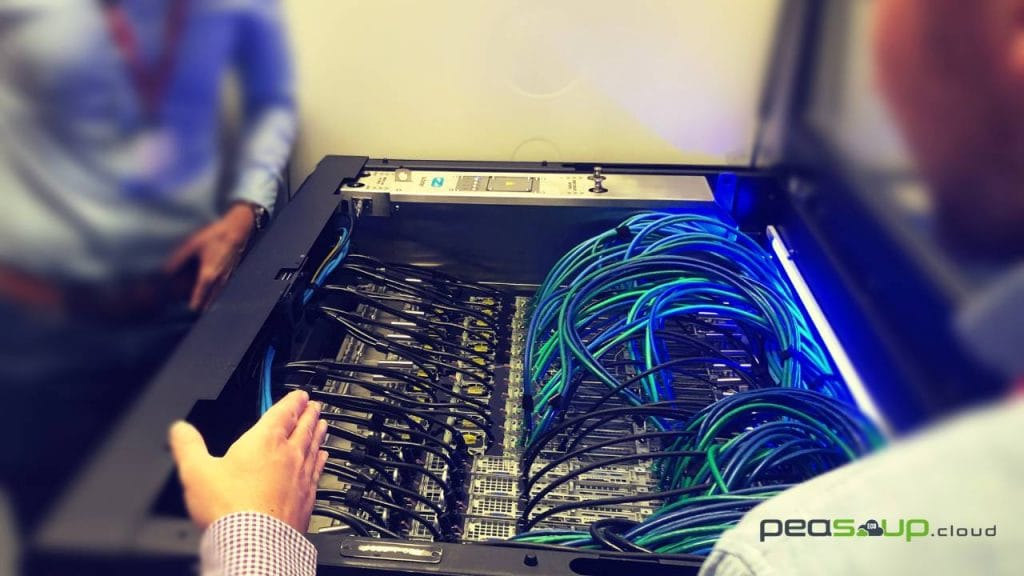Overcoming cooling challenges in data centres with immersion cooling
Over the last few years, the demand for cloud computing services has grown rapidly. The world is going through a digital transformation fueled by the rapid adoption of high-power computing technologies, such as AI, the IoT, ML and big data. These technologies are changing the way people work, live, and interact with the world. With this growth, more data is being generated and stored than before. This has fueled the demand for data storage services. As a result of the above, data centres face challenges in managing power consumption and dissipating heat. Traditional air cooling systems struggle to keep up with the escalating heat generated by high-performance computing systems, leading to decreased efficiency and increased operational costs.
Is there any resolution to mitigate data centres’ energy and water consumption and heat dissipation?
Yes, it is. Liquid immersion cooling, and is gaining traction fast. This technique offers huge advantages over conventional cooling methods. In this article, we explore the benefits of liquid immersion cooling and its importance in overcoming cooling challenges in data centres.
What is Liquid Immersion Cooling?
Liquid immersion cooling is a technique that involves submerging IT servers directly into a non-conductive (dielectric) fluid (coolant). The method efficiently transfers heat from the electronic components to the liquid, eliminating the need for traditional air-based cooling systems. The cooling techniques have several benefits, such as:
Enhancing cooling efficiency, where it provides direct contact between the cooling medium and the heat-generating components. This direct contact allows for more efficient heat transfer compared to air cooling, resulting in lower operating temperatures and improved cooling capacity. As a result, servers can operate at higher power densities without the risk of overheating, enabling better performance and higher computational capabilities.
It provides energy efficiency by significantly reducing energy consumption in data centres. The use of a liquid coolant eliminates the need for power-hungry PSUs and air conditioning systems, which consume a huge amount of electricity in traditional cooling methods. Data centres can achieve notable energy savings by employing liquid immersion cooling, leading to lower operational costs and a smaller carbon footprint.
It offers space optimisation as it enables a reduction in the physical footprint required for cooling infrastructure. Data centres can utilise space more efficiently without the need for large air cooling units and complex air circulation systems. This compact setup allows for higher server density, resulting in increased computational power within a given physical area.
Excessive heat is one of the primary contributors to hardware failure. By maintaining lower operating temperatures through liquid immersion cooling, the lifespan of server components can be significantly extended. The reduced thermal stress on sensitive electronic parts mitigates the risks of thermal-induced failures, resulting in improved reliability and reduced maintenance costs.
Operating fans and other mechanical components in the cooling systems generate considerable noise too. Liquid immersion cooling eliminates the need for these noisy elements, providing a quieter environment for data centre operators. This reduction in ambient noise levels can improve the working conditions for data centre staff and potentially enable the repurposing of facilities in noise-sensitive areas.
Overcoming implementation challenges
While this cooling technique offers compelling benefits, its implementation does present some challenges. Its initial installation costs, hardware compatibility challenges, and liquid management can hinder a business organisation seeking to cut its energy costs and improve efficiency. Here are a few considerations to overcome the challenges:
Initial installation costs
The initial installation costs can be high. However, this challenge can be overcome by using a modular design, shared cooling loops, considering alternative cooling agents such as water-based coolants, as well as considering the long-term cost of ownership.
Hardware compatibility
On hardware compatibility, where some hardware components may not be suitable for direct immersion due to potential damage from liquid exposure, data centres need to assess the compatibility of their existing infrastructure with liquid immersion cooling or consider investing in components specifically designed for this cooling method.
Managing the coolant
Managing and maintaining the liquid coolant is crucial for successfully operating immersion cooling systems. Proper monitoring, filtration, and maintenance processes must be established to prevent contamination, evaporation, or leakage. Regular fluid analysis and replacement schedules must be implemented to ensure the optimal performance and longevity of the cooling system.
Liquid immersion cooling is a great solution to the cooling challenges faced by data centres/cloud providers. We also acknowledge that certain implementation challenges still exist. However, the benefits for the business user and the planet are much greater than the upfront costs associated with the deployment of this technology.

